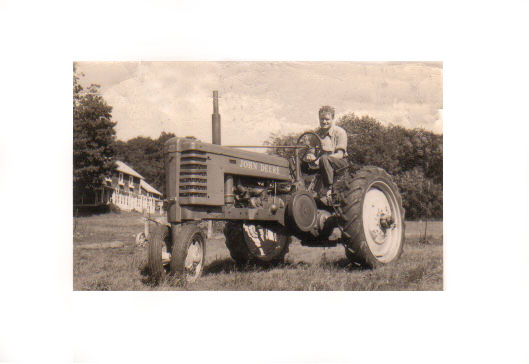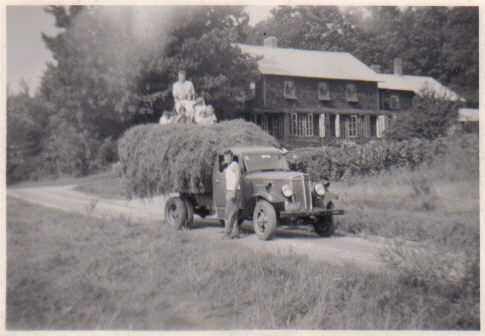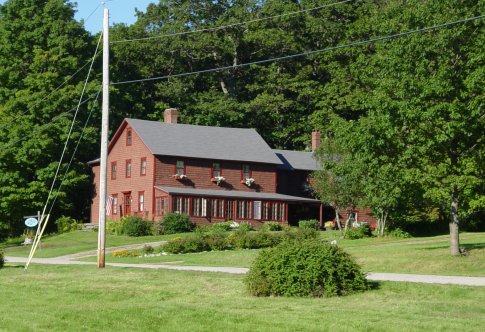


|
We have been growing blueberries here at Blueberry Hill Farm for over
65 years. The blueberry bushes were planted in 1941 by Robert W. Austin
(1908-1986), an attorney and professor at Harvard Business School. After
much study of the soil in Mt. Washington, he determined that the only
viable crop that would grow here in the highly acidic soil was
blueberries; he was correct. The berries have thrived since that time.
We grow primarily three varieties of highbush blueberries: Rancocas,
Jersey and Rubel (with a handful of Bluecrop and Berkeley Bluebay bushes
replanted in the early 1990s). |
History of Mt. Washington, Massachusetts
Mt. Washington was first settled by Dutch pioneers who made their way east from what
is now New York State, up through the Bash Bish ravine to what is now Mt. Washington
as early as the late 1600s. At that time all the land in Mt. Washington fell into Robert
Livingstone's land grant given by the Governor of New York Colony in 1686. For most of
the 18th century the border between New York and the Massachisetts Bay Colony was in
dispute, with New Yorkers laying claim to land as far east as Great Barrington and
the government of the Massachusetts Bay Colony believing its boundary extended, as
stated in its charter, to the Pacific Ocean. The border dispute was finally settled
with the border being placed 20 miles east of the Hudson River, and thus Mt. Washington
was nestled right along the border.
Mt. Washington, formerly called Tauconnuck Mountain
(Taconic), was incorporated on June 21, 1779, with a population of about 250. In
the heydays of the town, when a daily stage coach made the journey from South
Egremont to Copake Falls, NY, the population reached as high as 450. But since
the early 1900s, only 50-70 year-round residents have made the town their home,
making it the smallest town in Massachusetts. |
 |
 |
|